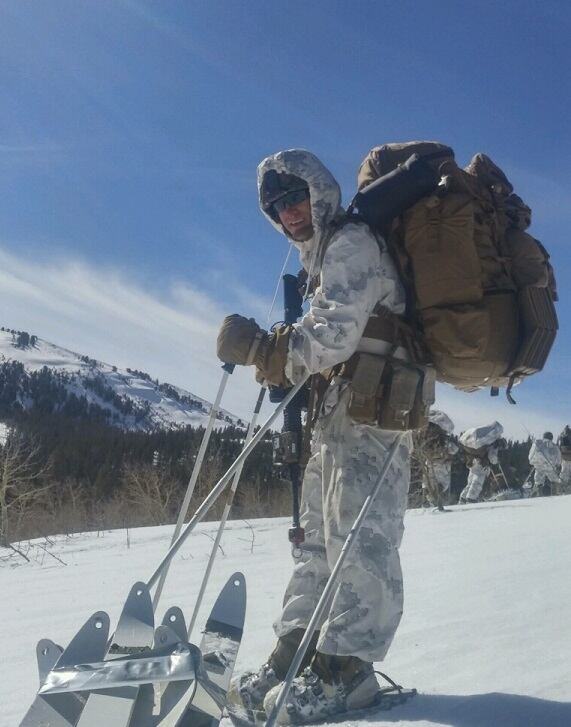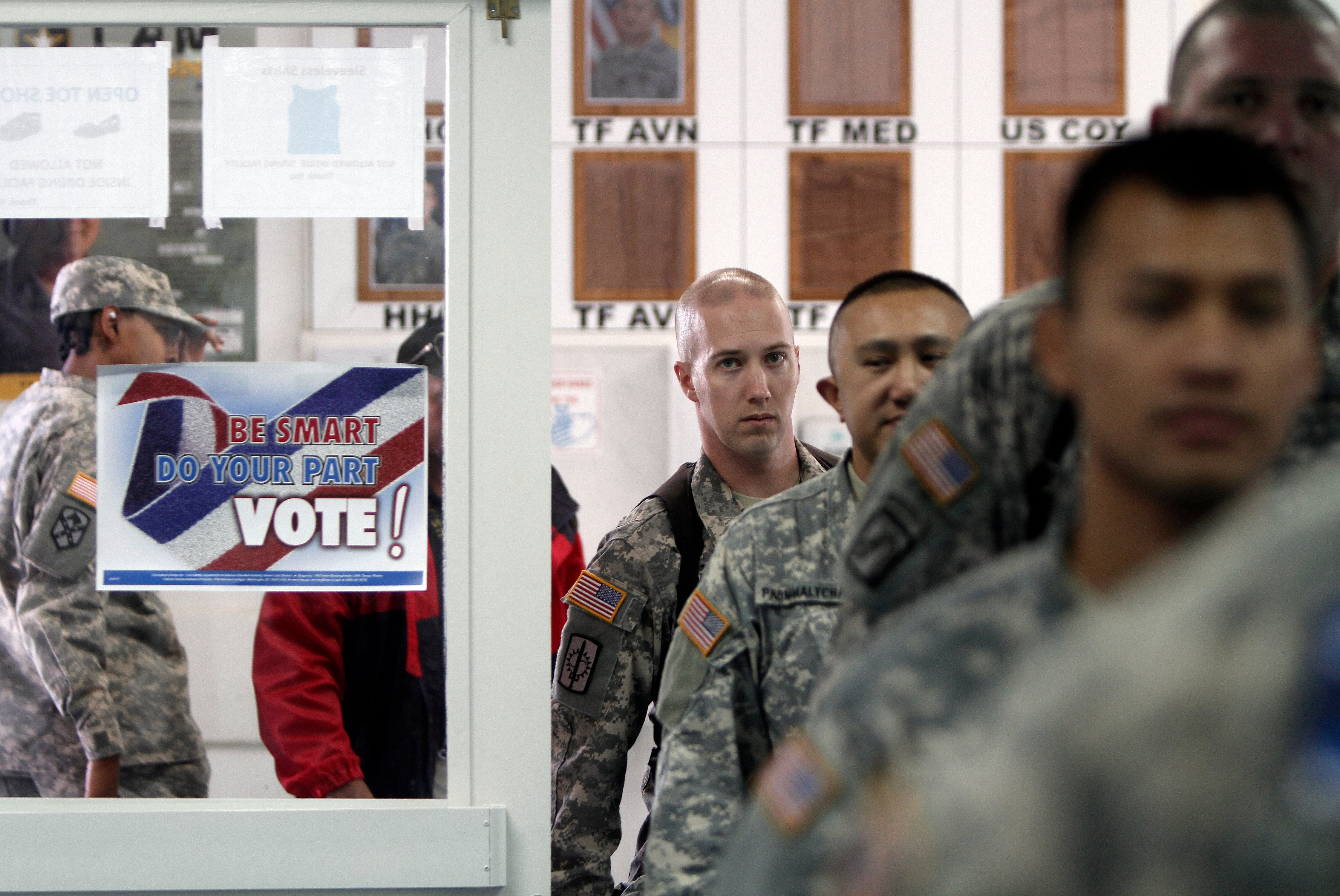West Coast Marine pilots are getting a taste of the grunt life.You can take the Marine out of the grunts but not the grunt out of the Marine.
Capt. Jason Grimes, an UAH-1Z Cobra pilot with Marine Light Attack Squadron 369, recently spent two months with infantry battalions with an infantry battalion as part of the new Aviator Immersion Program. Grimes was the first Marine to complete the program, which is meant to help Marine aviators in the air work more seamlessly with ground troops on the ground and in the air work symbiotically.
He teamed with members of 2nd Battalion, 4th Marines during a combat readiness evaluation. Then he went to Bridgeport, California, with 2nd Battalion, 5th Marines as they completed mountain warfare and climate survival courses.
"I went to every single part of the battalion. I talked to all of them about their capabilities, their limitations," Grimes said. "I got a huge amount of knowledge on a battalion. I'm able to teach some of the guys I work with a little bit of what I've learned."
The program is the brainchild of Col. Michael Borgschulte, commander of Marine Aircraft Group 39. Borgschulte said 2nd Lt. Casey Littesy, who wanted his pilots to get an appreciation of what it's like to be in the daily life in the infantry and what kind of what air support ground troops Marines on the ground need, said 2nd Lt. Casey Littesy, a spokeswoman for the 3rd Marine Aircraft Wing.
"Other pilots have trained alongside the infantry as forward air controllers, but this program is an effort to allow more Marines — for a shorter duration of time — the opportunity gain a better understanding of and appreciation for the ground combat element and the Marine air-ground task force concept," Littesy said in an email.
Even though Grimes had learned how to think like a rifle platoon commander at The Basic School, he said he was reminded about how tough life can be for infantrymen surprised to find out just how often infantry Marines are in the field, he said. Typically, squadrons spend a lot of time planning but only a day in the field, whereas infantrymen are always in the field or preparing to go.
"Being in an infantry battalion is far more physically demanding on everything they have to," Grimes told Marine Corps Times. "A lot of our stuff is a lot more studying or knowledge-based. ... That's I’m not saying they don’t study, but that’s the vast majority of what we do."

Capt. Jason Grimes, a Cobra pilot with Marine Light Attack Squadron 369, trained with an infantry battalion in Bridgeport, Calif.
Photo Credit: Marine Corps
The toughest part, he said, was training with 2/5 at For Grimes, the toughest part of his two months with the 2nd Battalion, 5th Marines was the month he spent doing mountain warfare training in Bridgeport during their mountain warfare courses, California.
"For the actual exercise, it was 19 days we spent straight in the field or on the mountain," he said. "That was definitely pretty difficult. We got hit by a couple of good snow storms."
The He and his fellow Marines had to lug between 80 and 100 pounds of gear on their backs at altitude — and then carry more gear on a sled. While some Marines got frostbite and hypothermia, they had prepared well to deal with the ailments.
During his time with 2/5, Grimes talked to company commanders about the best way to utilize aircraft and he gave classes to Marines on air support, but he also learned a great deal. Now his squadron is training with 2/5 at Camp Pendleton, California. Training with the grunts means that the squadron does not have to simulate what it's like to insert or support Marines, Grimes said.
One goal of the program is to pair squadrons with infantry battalions, and now 2/5 is training with Grimes' unit, Marine Light Attack Squadron 369, based out of Camp Pendleton, California.
"We can actually have ground units and we can have other air assets together on that mission," he said. "It's not like we have to play pretend to get training out of it. We can do the real thing and get even more training out of it because we're actually doing it."




